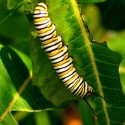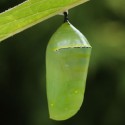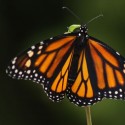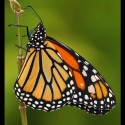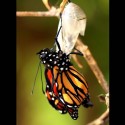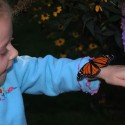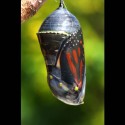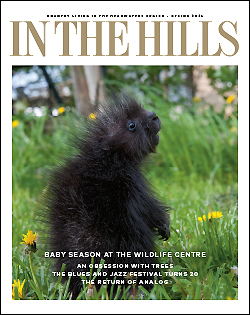Monarch Butterfly – RIP 2026
Most of us are old enough to remember when monarchs were a frequent sight in meadows and gardens.
The eastern migratory population of monarch butterflies is no more. Lepidopterists (butterfly and moth scientists) confirmed earlier this year, that the once familiar orange and black butterflies are essentially extinct. Their awe-inspiring north-south migrations, linking Mexico, the United States and Canada have ceased.
Most of us are old enough to remember when monarchs were a frequent sight in meadows and gardens.
The monarchs’ demise was not unexpected. For decades, people in all three North American countries ratcheted up their assaults on these iconic insects. The monarchs’ overwintering sites in the oyamel fir forests of Trans-volcanic Mountains of central Mexico, while nominally protected, were steadily reduced in size by illegal logging.
Criminal gangs with the tacit assent of corrupt government officials plundered the forests under the cover of darkness.
At the same time, land use practices in North America conspired to reduce milkweed, the monarchs’ larval food plant. Round Up, a potent herbicide was sprayed on thousands of hectares of genetically altered “Round-up Ready” corn and soy, eliminating all the milkweed in and around agricultural fields.
Homeowners throughout North America could have extended a helping hand by growing milkweed for monarch caterpillars and offering flowers with abundant nectar to the adults. Most people, however, in thrall to their lawns, continued to primp and preen those biological wastelands at the expense of birds, butterflies and bugs.
The monarch is dead. No longer will it startle with its beauty. No longer will it inspire with its improbable journey from Canada to Mexico. And no longer will the imaginations of children be carried aloft on its gossamer wings.
***
An explanatory note: In 2006, at a monarch overwintering roost in Mexico, I met Lincoln Brower, a pre-eminent monarch butterfly researcher from the United States. He predicted that the eastern North American monarch – our monarch – had “about 20 years left.” I fervently hope he was wrong, but with populations this year, 2013, at their lowest ebb ever, his dismal forecast may come true.

